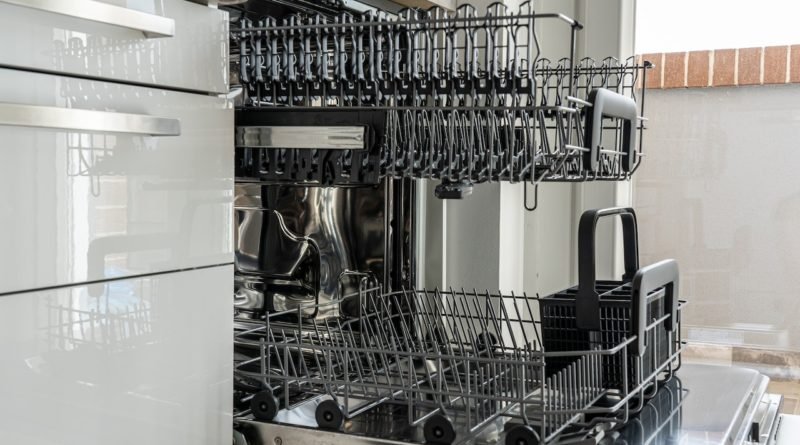Essential Considerations Before Installing A Dishwasher
Installing a dishwasher is a great way to make doing dishes easier and more efficient.
However, it’s important to consider several factors before beginning the installation process so that you can make sure you get the best fit for your particular home.
This article will provide an overview of essential considerations before installing a dishwasher in your kitchen.
We’ll discuss things like power supply requirements, water line access, and other important factors to consider when selecting and installing a dishwasher.
With these tips in mind, you’ll be able to find and install the perfect dishwasher for your home.
Power Supply Considerations
Power supply considerations are essential when installing a dishwasher.
You’ll need to make sure your kitchen has access to the required power for the dishwasher you’re installing – typically 120v electrical outlets with 15-20 amp breakers.
It’s also important to check that your wiring is up-to-date and can handle the additional draw of an appliance like a dishwasher.
If necessary, you may need to contact a professional electrician or appliance installer to ensure that everything is properly connected before attempting installation.
Water Line Access Considerations
Another key consideration when installing a dishwasher is water line access. Generally, it’s best if the water supply line for the dishwasher runs directly from the hot water line.
If you’re connecting the dishwasher to a sink, make sure that it has an air gap in order to prevent backflow from contaminating your water supply.
Additionally, it’s important to check what type of drain line is necessary for proper installation and disposal of wastewater.
You may need to use a longer length of hose if the existing drainage system isn’t long enough for the new setup.
Installing the Dishwasher
When installing a dishwasher, you’ll need to make sure that everything is properly connected and secured before running a test cycle.
Make sure all hoses are tightly sealed onto the dishwasher and any other fixtures they connect to.
It’s also important to ensure that all screws and mounting brackets are fastened securely to the wall.
Additionally, make sure that there isn’t any debris or dirt in the dishwasher before running a test cycle to prevent potential damage.
Loading/Unloading Arrangements
Another important consideration when installing a dishwasher is how you will be loading and unloading it.
Depending on the layout of your kitchen, this could either involve rearranging existing cabinets or countertops, or adding additional storage solutions for easy access to dishes.
It’s also important to consider how much space you have available for dishes such as plates, bowls, and silverware.
If you’re short on space, it may be useful to look into smaller dishwashers with full-length loading trays.
Placement in Kitchen Layout
Once you’ve determined the best spot for your dishwasher, it’s important to consider how it will fit into your kitchen layout.
Things like positioning adjacent cabinets and other appliances can affect the installation process, so be sure to take measurements and plan accordingly before beginning your project.
It may also be useful to draw a diagram or create a model of what your kitchen will look like after the installation is complete in order to visualize the overall design.
Tips to Maximize Your Dishwasher Efficiency
If you’re looking to get the most out of your dishwasher, there are a few tips you can follow to maximize efficiency:
- Run full loads: If you’re only running small loads, you’ll be using more energy and water than necessary. Wait until the dishwasher is full before starting a cycle.
- Use soil sensors: Modern dishwashers are equipped with sensors that detect how dirty dishes are and adjust the cycle length accordingly. This helps save time and energy.
- Avoid pre-rinsing: Pre-rinsing dishes before putting them in the dishwasher can actually make them dirtier, so avoid this step whenever possible.
- Choose an appropriate setting: Selecting the right cycle for your load type (e.g., heavy, normal, light) will help ensure optimal cleaning results while minimizing energy consumption.
Conclusion
In conclusion, installing a dishwasher is an effective way to make cleaning dishes easier and more efficient.
However, it’s important to consider the power supply, water line access, installation process, loading/unloading arrangements, and placement in your kitchen before beginning the project.
With careful planning and research beforehand, you can ensure that your dishwasher installation is as stress-free as possible.




